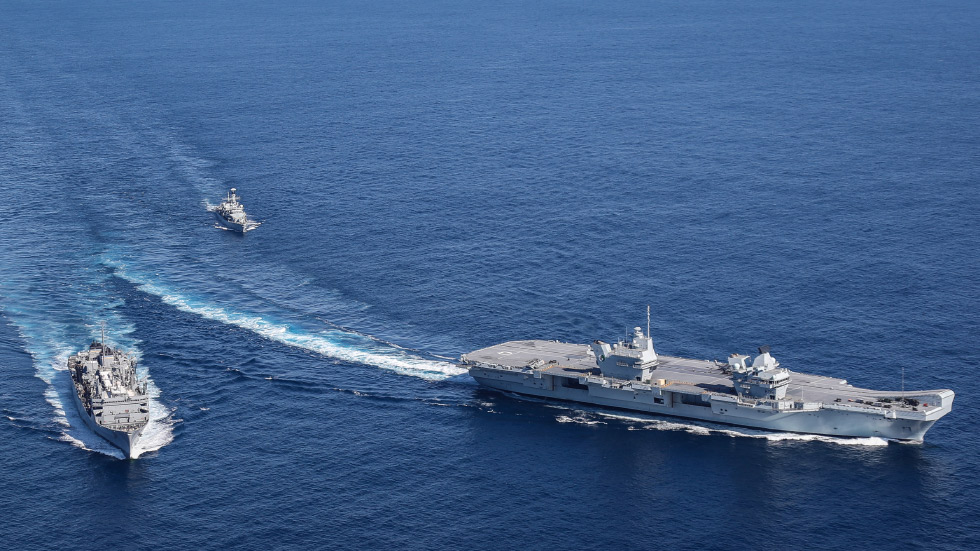


The Chinese have currently inherited this struggle and are making enormous investments into space based surveillance for the sole purpose of being able to just find out where the heck the American carrier is so they can launch missiles at it.īecause ‘thousands of cruise missiles and ballistic missiles’ don’t really mean much if you’re just hoping to spray and pray them all over the pacific ocean like Rambo firing his machine gun at the viet cong. The USSR at the height of its power and military technology had entire constellations of satellites in orbit around the earth for the sole purpose of just finding out where a Carrier battle group was so it could be targeted with Tu-22 or Tu-26 bombers and even they couldn’t locate American carrier groups as easily as one might think. Let me rephrase the question to something that makes more sense militarily: Can the Iranians even FIND an American carrier battle group let alone scratch its paint? The Chinese have invested billions into high tech weaponry and even they aren’t sure if they can completely decimate an American carrier battle group with hundreds of carrier killer missiles, satellites, recon plans, attack boats, submarines and naval bombers and a $100 billion + military budget that has funded far more high tech weapons than Iran can even dream of. And even if they did, is the war going to be some kind of gentleman’s cricket match where the US cordially tells all their other battle groups to politely let the Middle Eastern fleet have a one-on-one gentlemanly duel with the Iranian military while the other fleets quietly observe from afar? Iran has no chance at all of sinking an American carrier battle group. I cant believe that I have to say this, as a Pakistani dude, about the United states military but I am really surprised at how one sided this discussion is. Understanding this threat, the CVBG expended enormous resources in its own anti-submarine warfare mission.Could Iran really sink an American carrier battle group ? However, a primary mission of the Soviet Navy's attack submarines was to track every allied battle group and, on the outbreak of hostilities, sink the carriers. Because the Soviet Union had no large carriers of its own, a situation of dueling aircraft carriers would have been unlikely. During the Cold War, the main role of the CVBG in case of conflict with the Soviet Union would have been to protect Atlantic supply routes between the United States and its NATO allies in Europe, while the role of the Soviet Navy would have been to interrupt these sea lanes, a fundamentally easier task. With the construction of the large " supercarriers" of the Cold War era, the practice of operating each carrier in a single formation was revived. These groups eventually formed the Fast Carrier Task Force, which became the primary battle unit of the U.S. By 1943, however, large numbers of fleet and light carriers became available, which required larger formations of three or four carriers. These single-carrier formations would often be paired or grouped together for certain assignments, most notably the Battle of the Coral Sea and Midway.

In contrast, the United States Navy deployed its large carriers in separate formations, with each carrier assigned its own cruiser and destroyer escorts. Kido Butai operated as the IJN's main carrier battle group until four of its carriers were sunk at the Battle of Midway.

This task force was used with devastating effect in the Japanese attack on Pearl Harbor. The Imperial Japanese Navy (IJN) was the first to assemble many carriers into a single task force, known as Kido Butai. The first naval task forces built around carriers appeared just prior to and during World War II. The USS Abraham Lincoln carrier battle group during the 2000 RIMPAC exercise


 0 kommentar(er)
0 kommentar(er)
